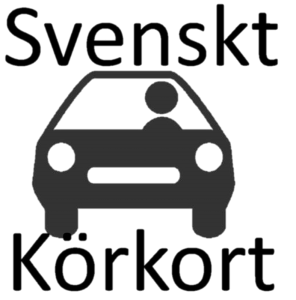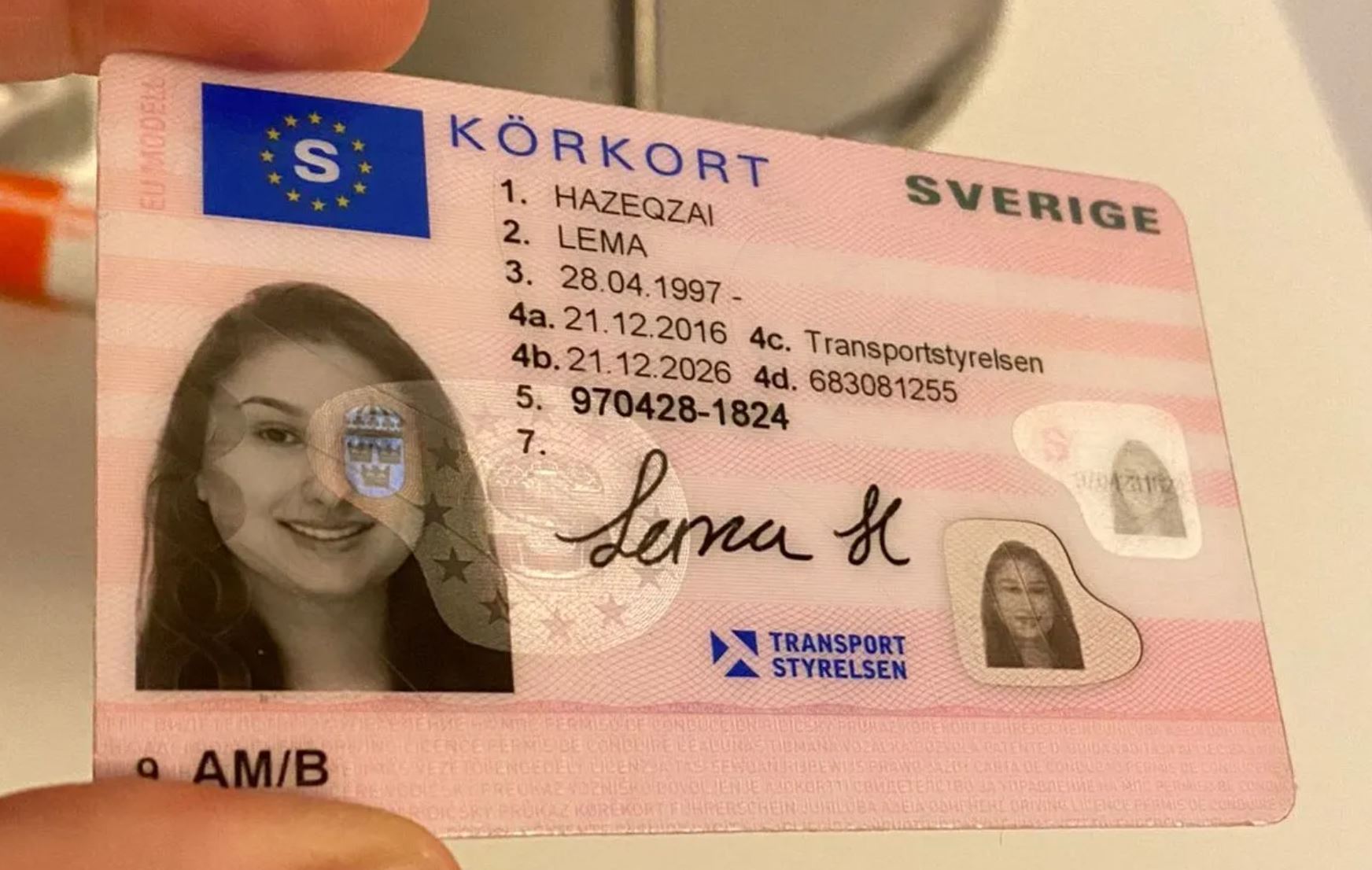
Kristeen March
Understanding the Driving License: A Comprehensive Guide
A driving license is a vital file for individuals who wish to operate an automobile lawfully. This guide aims to offer a thorough understanding of the driving license, including its types, requirements, application processes, and the significance it holds in today's hectic society.
What is a Driving License?
A driving license is a government-issued file that authorizes an individual to drive a motor car on public roads. This license is crucial not only for adherence to the law however likewise as a measure of proficiency to guarantee that drivers have the essential skills to run a vehicle safely.
Types of Driving Licenses
Driving licenses vary by jurisdiction, and they can be classified into several types. Here's a breakdown:
License TypeDescriptionStudent's PermitA provisional license enabling new drivers to practice under particular conditions.Complete LicenseA basic chauffeur's license permitting the holder to run most kinds of lorries without restrictions.Commercial LicenseRequired for people wishing to run business trucks or buses.Motorcycle LicenseSpecially designated for operating motorcycles and motorbikes.International PermitAllows people to drive in foreign nations, provided they have a legitimate nationwide license.Why is a Driving License Important?
Holding a valid driving license has a number of benefits:
Legal Requirement: It is a legal necessity to drive on public roadways.Security Assurance: A driving license ensures that the driver has gone through needed training and evaluations to operate a lorry securely.Identification: It functions as an official type of recognition, frequently required for different services.Insurance coverage Compliance: Many cars and truck insurance coverage business need legitimate driving licenses as one of the conditions for providing a policy.Work Opportunities: Certain tasks need staff members to have a valid driving license, particularly those involving transportation.How to Obtain a Driving License
The procedure of obtaining a driving license generally includes several actions, which can differ by region. Below is a basic overview of the steps to follow:
Eligibility Check: Most jurisdictions have age and residency requirements.Written Test: Applicants typically must pass a composed exam covering the guidelines of the road.Vision Test: A vision evaluation may be needed to ensure the applicant can see well enough to drive securely.Practical Driving Test: New drivers need to demonstrate their driving skills in a dry run.Application Submission: Complete the necessary forms and submit the necessary documentation, consisting of proof of identity and residency.Payment of Fees: Pay any involved fees for the application process.Waiting Period: Some areas have a probationary duration during which a learner's license need to be held before a full license is released.Typical Requirements for ApplicationProof of identity (e.g., birth certificate, passport)Social Security number or comparable identificationProof of residency (e.g., utility bills, rental contracts)Completion of a driver's education course (if suitable)Tables: A Comparative Look at Driving License Categories
The following table highlights differences in requirements and features of numerous types of driving licenses:
Type of LicenseAge RequirementChecking RequirementsLimitationsStudent's PermitVaries, generally 15-16Composed, visionRequires a licensed adult in the lorryFull LicenseTypically 18+Written, vision, practicalNone (unless particular endorsements apply)Commercial LicenseNormally 18+Written, vision, practical, extra testsRestricted to industrial cars justMotorbike LicenseVaries, usually 16Written, vision, usefulUsually limited to motorbikes onlyInternational Permit18+Valid national license neededLegitimate in nations that acknowledge itFrequently Asked Questions About Driving Licenses1. The length of time does it require to get a driving license?
The timeline differs by area and private situations, however a straightforward procedure that consists of taking a course and finishing tests might take numerous weeks to a few months.
2. What should I do if I lose my driving license?
In case of loss, report the incident to local authorities and make an application for a replacement through the pertinent motor vehicle department.
3. Can I utilize an international driving license in my home country?
Most nations require a legitimate nationwide license, de köRkort and an international driving permit is intended for usage abroad. Constantly inspect regional laws.
4. Exist particular laws for drivers under 18?
Yes, many places have graduated licensing laws that impose restrictions on more youthful drivers, such as traveler limitations and nighttime curfews.
5. What happens if I get captured driving without a license?
Driving without a valid license can lead to fines, automobile impoundment, and even legal charges, depending on regional laws.
In conclusion, obtaining a driving license is a significant milestone for lots of people. It requires a structured process developed to ensure security and legality on the roadways. Understanding the types, significance, and application procedures can empower potential chauffeurs to browse their licensing journey with confidence. Whether for personal usage or professional functions, a driving license is a valuable property in the modern world.

 Italian
Italian
 Arabic
Arabic
 Chinese
Chinese
 English
English
 French
French
 German
German
 Portuguese
Portuguese
 Russian
Russian
 Spanish
Spanish
 Turkish
Turkish


